Table of Contents
Skyscrapers
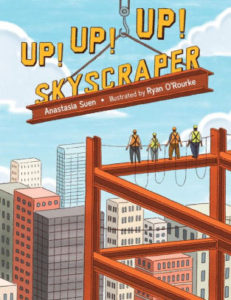 |
Anastasia Suen’s Up! Up! Up! Skyscraper (Charlesbridge, 2017) is an appealing picture-book explanation of how a skyscraper is built. Find out what goes on behind the construction fence. For ages 3-7. |
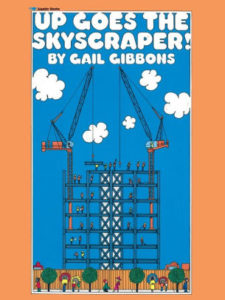 |
Gail Gibbons’s brightly illustrated Up Goes the Skyscraper! (Aladdin, 2017) is a matter-of-fact account of skyscraper building from clearing the site to completion. For ages 4-8.
|
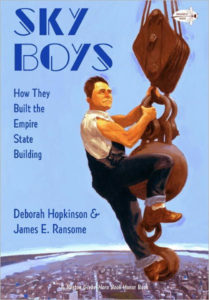 |
Deborah Hopkinson’s Sky Boys (Dragonfly Books, 2012) is the story of how the Empire State Building was built, as seen through the eyes of a young boy in 1930s New York City. For ages 4-8.
|
 |
Brad Finger’s photo-illustrated 13 Skyscrapers Children Should Know (Prestel, 2016) covers famous skyscrapers worldwide, with a timeline, glossary, and background information. For example, readers find out how skyscraper technology has changed over time and what keeps very tall buildings from toppling. For ages 8-12.
|
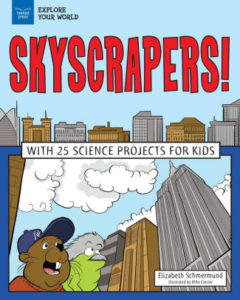 |
Elizabeth Schmermund’s Skyscrapers! (Nomad Press, 2018) has background information, Words to Know boxes, discussion questions, labeled diagrams, and 25 related science projects. For ages 7-10. Also from Nomad Press, see Donna Latham’s Skyscrapers for ages 9-12.
|
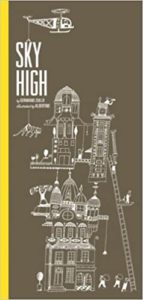 |
Germano Zullo’s very tall Sky High (Chronicle Books, 2012) is the witty and cleverly illustrated tale of neighbors caught up in a race to build the tallest, most elaborate and fantastical building ever, replete with gold doors, diamond pillars, and live tigers. Fun for all ages.
|
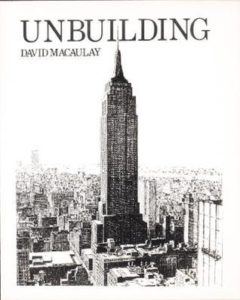 |
What if we decided to take the Empire State Building down? David Macaulay’s Unbuilding (Houghton Mifflin Harcourt, 1987) is a fascinating fictional account of how to demolish a skyscraper, with Macaulay’s signature detailed illustrations. For ages 10 and up.
|
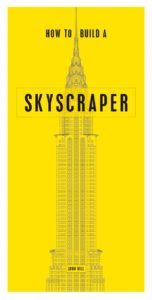 |
John Hill’s How to Build a Skyscraper (Firefly Books, 2017) is an overview of 46 famous skyscrapers, each with photos, structural diagrams, and historical and scientific information. An interesting read for skyscraper-loving teens and adults.
|
Bridges
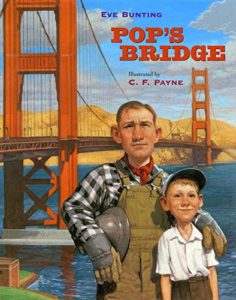 |
By Eve Bunting, Pop’s Bridge (Houghton Mifflin Harcourt, 2006) is the story of the building of the Golden Gate Bridge, completed in 1937, as told by Robert, whose father is a skywalker at the construction site – that is, a high-climbing ironworker. For ages 5-8. |
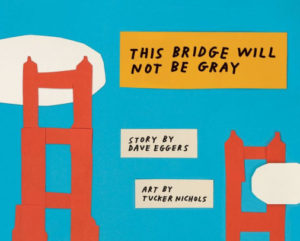 |
By Dave Eggers, This Bridge Will Not Be Gray (Chronicle Books, 2018) is a non-fiction account of the building of the Golden Gate Bridge, with clever cut-paper illustrations by Tucker Nichols. For ages 5-8.
|
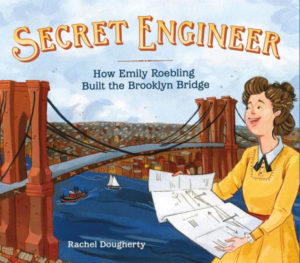 |
Rachel Dougherty’s Secret Engineer (Roaring Brook Press, 2019) is the story of Emily Roebling, wife of Washington Roebling, chief engineer in charge of building the Brooklyn Bridge. When her husband fell ill of caisson disease in mid-construction, Emily took over and finished the job. For ages 5-8. Also see Frieda Wishinsky’s How Emily Saved the Bridge (Groundwood Books, 2019) for ages 7-10. |
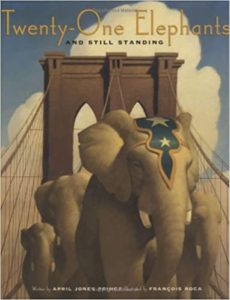 |
April Jones Prince’s Twenty-One Elephants and Still Standing (Houghton Mifflin Harcourt, 2005) is the story of the opening of the Brooklyn Bridge in 1884, when P.T. Barnum – who never missed a trick – paraded twenty-one elephants across it to demonstrate how strong it was. For ages 5-9.
|
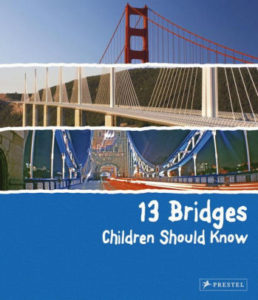 |
By Brad Finger, 13 Bridges Children Should Know (Prestel, 2015) has kid-friendly information and wonderful color photos of the most famous bridges in the world, among them the Millau Viaduct, London’s Tower Bridge, Venice’s Bridge of Sighs, and California’s Golden Gate. For ages 8-12.
|
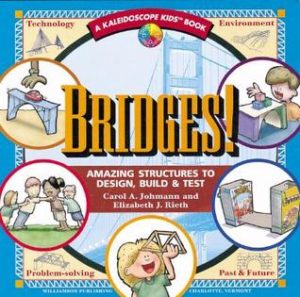 |
Carol A. Johmann’s Bridges: Amazing Strutures to Design, Build, & Test (Williamson, 1999) includes information about bridges worldwide, catchy facts and figures, and projects centered around structural engineering, architecture, and construction. For ages 8-12.
|
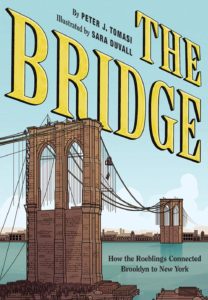 |
Peter J. Tomasi’s The Bridge: How the Roeblings Connected Brooklyn to New York (Harry N. Abrams, 2019) is a terrific graphic-novel account of the building of the Brooklyn Bridge for ages 12 and up.
|
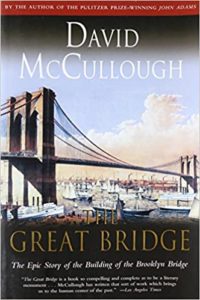 |
The Great Bridge (Simon & Schuster, 1983) by master historian David McCullough is the enthralling story of the building of the Brooklyn Bridge. For teens and adults. |
